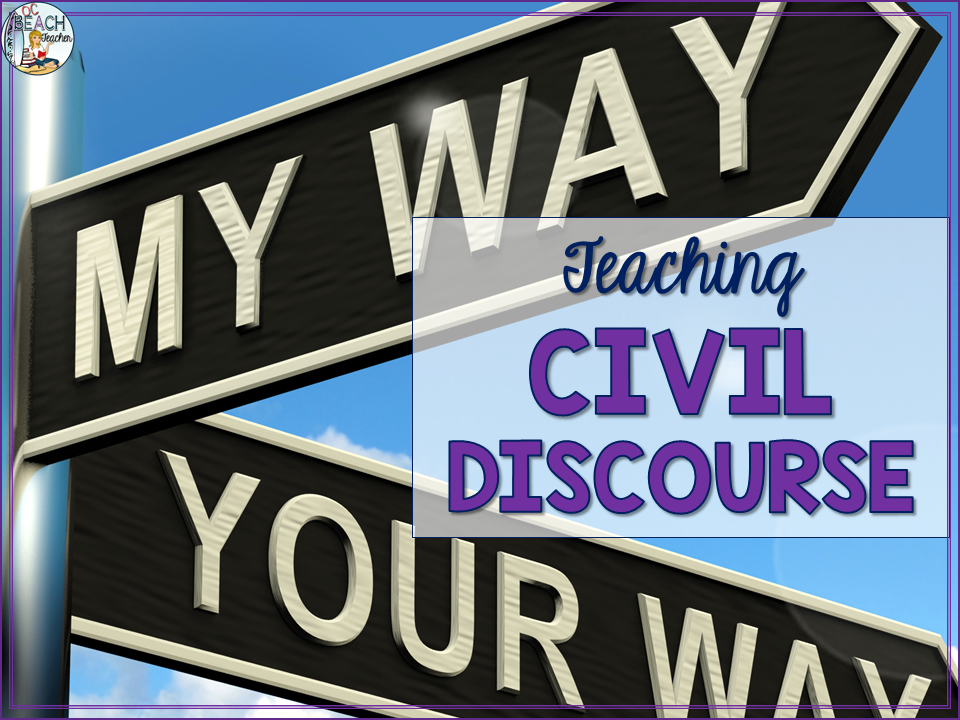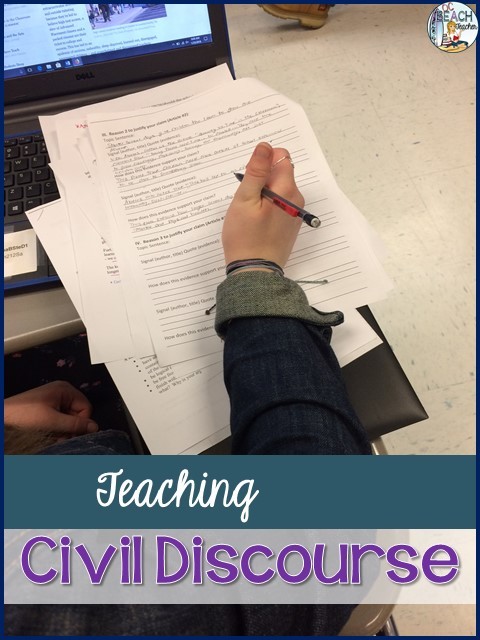What happened to our ability to talk civilly to one another? When did we stop “agreeing to disagree”? A look on social media or network news quickly shows that respectful communication has diminished in current times. So, I was very happy last year when I was invited to facilitate an Advanced Institute for the College, Career, and Community Writers Program (C3WP) with the National Writing Project (NWP). With this program, I have been working alongside other interested educators to improve argumentative writing in my classes.
Here are important takeaways:
Students should READ before they write.
By having students read multiple articles on myriad issues, they learn that there are many valid perspectives. They also are exposed to models for their own writing, which helps them better understand the elements of an effective argument.
The C3WP program uses a lesson that incorporates a “layering” process of writing, reading, rewriting, reading, and rewriting again. This gives students an opportunity to explore an issue and revise their thinking – something that’s usually new to them. This also provides them practice for “writing with sources” instead of simply trying to use their background knowledge (which is often limited).
I love getting articles from The New York Times Room for Debate website, a part of The Learning Network. In fact, I have developed an entire argument essay unit where they use these articles to explore research topics before they finally select one for their essays. Here are other useful sources for articles:
Kelly Gallagher: Article of the Week
Teach students to write a NUANCED CLAIM.
In past years, I always told my students to include only their position on an issue in their claims, even when I taught English 101 at the local community college. Of course, they did accommodate the opposition, but they always did that in their refutations near the end of their essays.
A major feature of the C3WP program is writing nuanced
claims. These claims require the writer to immediately acknowledge that there are multiple views on an issue. This is not easy to teach because students can lose focus on their own positions. I’ve found it takes a lot of practice, modeling, and revision.
A helpful tool advocated by the program (based on the reading of I Say/They Say: The Moves that Matter in Academic Writing by Gerald Graff and Cathy Birkenstein) includes the use of sentence frames. I’ve instructed my students to turn their claims into thesis statements. Here’s a sentence frame I used and modified for this:
Although some people think ___________________, ______________ should ____________________ because reason 1, reason 2, reason 3.
Here’s an example I gave my students for a recent assignment:
Although some people think school start times should not be changed, school should begin later in the day for teens because it would improve their learning. Additionally, a later start would promote student safety and improve their behavior.
Engage students with RELEVANT topics.
Over the years, I’ve frequently heard students complain that nothing they learn has to do with “real life”- you’ve likely heard them grumble this, too. The texts provided on the C3WP website discuss real-world topics and are relevant to teens. For instance, this year my students read articles on the following topics:
- Effects of social media on teens,
- Danger of high school football
- Abuse of Attention Deficit Hyperactivity Disorder medications
- Participation trophies
Some topics included in lessons from C3WP follow:
- Video Game Addiction
- Reality Television
- Zoos
- Homework
- Police Brutality
Create a “CULTURE” of argument.
Whether your students journal daily or weekly, it’s important
to make the debate and discussion of argumentative topics a classroom routine. I made it our opening activity every Monday. With weekly routines, my students learned to listen to each other and respect one another’s opinions. Often, I had them read an article and respond to it through journaling; then they paired with a classmate to discuss their reading and writing before we had whole-class discussion. Through partner discussion, they had a chance to rehearse their thinking and modify their ideas. In fact, I always tell them that they can change their minds or elaborate on their ideas during the time that they share with other classmates.
I’ve often used these bell ringers to give students practice with informal argumentative writing.
Of course, there are many other topics and lessons for argumentative writing, and you may want to explore the C3WP website for more tools that you can use in your classroom today.
Do you have recommended resources for teaching argument writing? Please share in the comments below.





